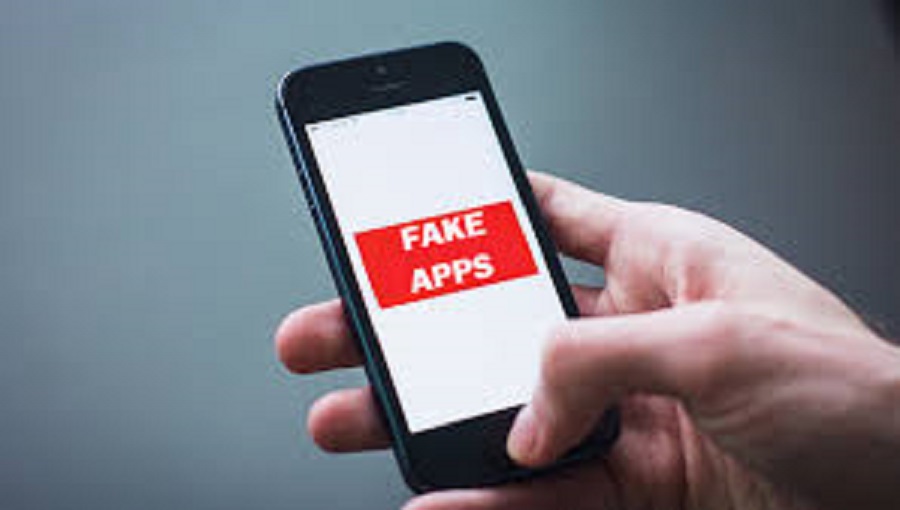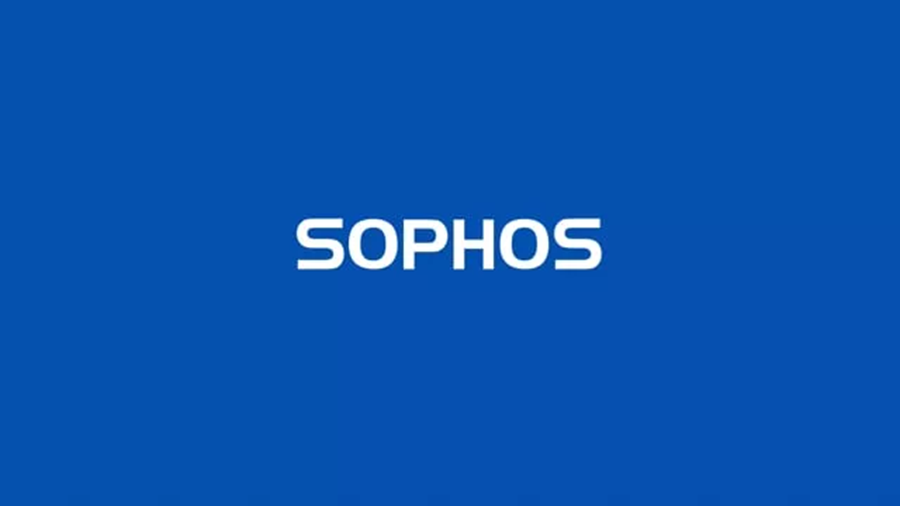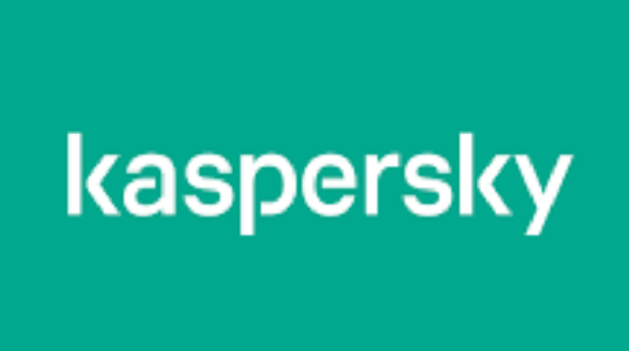E-Business
Gartner Identifies Tablets Are ‘Sweet Spot’ of BYOD Programs

By 2018, Gartner predicts twice as many employee-owned devices used for work than enterprise-owned devices.
In other words, tablet bring-your-own device (BYOD) programs offer better opportunities than that of enterprise owned-laptops and smartphones, according to Gartner, Inc. IT departments can support nearly three times more users in tablet BYO programs than enterprise-owned tablet programs.
“IT leaders can spend half a million dollars to buy and support 1,000 enterprise-owned tablets, while they can support 2,745 user-owned tablets with that same budget,” said Federica Troni, research director at Gartner. “Without a stipend, direct costs of user-owned tablets are 64 percent lower. When organizations have several users who want a tablet as a device of convenience, offering a BYOD option is the best alternative to limit cost and broaden access.”
Gartner analysts discussed the economics of BYOD during the annual Gartner Symposium/ITxpo, which ended recently.
BYO smartphone programs have a total cost of ownership that is very similar to those of enterprise-owned smartphones, and will only deliver savings when the organization is in a position to pay partial, or do not reimburse or subsidize for voice and data plans.
This typically reflects a situation where users are not fully entitled to a corporate smartphone but occasionally need one, or want to use one for convenience.
Through 2017, Gartner said that 90 percent of organizations will support some aspect of BYOD. These programs have today different degrees of maturity, but Gartner predicts that by 2018 there will be twice as many employee-owned devices used for work than enterprise-owned devices.
In the design of BYOD programs, organizations need to ensure that they target users who have interest and propensity to use a wider choice of devices for work and feel relatively at easy with technology.
The organization must also select a primary goal – user satisfaction, cost reduction or mobile expansion. In most cases, multiple goals will be unachievable or will conflict with each other.
“While BYO initiatives for mobile devices can lead to cost savings, it is not always the case,” said Ms. Troni. “Organizations that are looking to broaden device choices or expand access to mobile technology may spend the same or more under BYOD for organization-owned devices.”
Organizations doing BYOD are very likely to see their infrastructure investments increase, and the level of investment is directly proportional to the success and uptake rate of their programs.
A recent Gartner survey conducted in the first quarter of 2014 amongst 135 IT/business leaders who actively encourage BYOD, found that mobile device management (87 percent), general infrastructure expansion (84 percent) and file share and sync (80 percent) were the three major technologies that drove investments in support of BYO initiatives.
BYO programs also act as catalysts for technologies such as desktop virtualization, and isolation, as organizations attempt to establish an acceptable level of security and manageability in delivering corporate applications, and data to employee-owned devices.
Establishing the right support structure for BYOD programs is crucial in containing cost for BYOD and taking advantage of the potential cost savings. Organizations allowing users to bring their own devices to work will have to redefine the boundaries of IT’s responsibility for end-point devices support. Users will also have to accept responsibility for handling a higher number of support issues related with their own device.
Another cause for the increased costs in BYOD programs compared to corporate devices is due to the difficulty in managing voice and data costs, and setting the appropriate level of reimbursement.
“A balanced mix of enterprise-owned and user-owned devices with different levels of stipends will be the most effective way of capitalizing the benefits of BYOD programs, both in terms of cost reduction and in terms of level of access to mobile technology,” said Ms. Troni.
E-Business
NITDA Warns Against Fake Google Play Store

National Information Technology Development Agency (NITDA) has issued a public advisory warning Nigerians about a fraudulent website impersonating the Google Play Store.

Mrs Hadiza Umar, head of Corporate Affairs and External Relations at NITDA, made this known on Friday in Abuja.
Umar stated that the fake website was distributing a new malware strain known as the Play Praetor Trojan.
“Cybercriminals are using fraudulent websites designed to mimic the Google Play Store to lure victims into downloading malicious applications,” she said.
She explained that the fake Play Store links were being circulated through various social engineering tactics, including phishing emails, malicious advertisements, and SMS messages.
According to Umar, once the fake application is installed, the Play Praetor Trojan gives attackers unauthorised access to the victim’s device.
“This access can lead to data theft, credential harvesting, financial fraud, remote control of the device, and further malware deployment,” she warned.
She urged the public to download apps only from the official Google Play Store or other trusted sources.
Umar also advised users to verify app developers, read reviews before installation, regularly update their devices and apps to patch vulnerabilities, and use reputable mobile security solutions to detect and block threats.
E-Business
Cyberattacks: ‘56 Percent of Cases Stem from Existing Logins

A new report by Sophos, ybersecurity firm, has said that attackers primarily gained initial network access—56 per cent of all MDR and IR cases—by exploiting external remote services like firewalls and VPNs using valid credentials.

The 2025 Sophos Active Adversary Report details attacker behavior and techniques from over 400 Managed Detection and Response [MDR] and Incident Response [IR] cases in 2024.
According to the report, the combination of external remote services and valid accounts align with the top root causes of attacks.
For the second year in row, compromised credentials were the number one root cause of attacks [41% of cases]. This was followed by exploited vulnerabilities [21.79%] and brute force attacks [21.07%].
When analysing MDR and IR investigations, the Sophos X-Ops team looked specifically at ransomware, data exfiltration, and data extortion cases to identify how fast attackers progressed through the stages of an attack within an organisation.
In those three types of cases, the median time between the start of an attack and exfiltration was only 72.98 hours [3.04 days]. Furthermore, there was only a median of 2.7 hours from exfiltration to attack detection.
“Passive security is no longer enough. While prevention is essential, rapid response is critical. Organisations must actively monitor networks and act swiftly against observed telemetry.
Coordinated attacks by motivated adversaries require a coordinated defense. “For many organisations, that means combining business-specific knowledge with expert-led detection and response.
Our report confirms that organizations with proactive monitoring detect attacks faster and experience better outcomes,” said John Shier, field CISO.
The 2025 Sophos Active Adversary Report further reveals that attackers can move quickly, with a median of just 11 hours between initial access and a breach attempt on Active Directory, a critical asset in Windows environments.
Akira emerged as the most prevalent ransomware group in 2024, followed by Fog and LockBit, the latter still active despite a major takedown.
Attack detection has improved overall, with dwell time—the time attackers remain undetected—dropping from four days to just two, thanks largely to the inclusion of MDR (Managed Detection and Response) cases.
Dwell time varied depending on the type of case: it held steady at 4 days for ransomware and 11.5 days for non-ransomware cases in incident response (IR) investigations.
In contrast, MDR cases showed much faster response times—3 days for ransomware and just 1 day for non-ransom – ware attacks.
The report also highlights that 83% of ransomware deployments occurred outside local business hours, showing attackers favor overnight activity.
Additionally, Remote Desktop Protocol (RDP) was exploited in 84% of cases, making it the most commonly abused Microsoft tool.
To strengthen their cybersecurity posture, Sophos advises organizations to take several key steps.
First, they should close any exposed Remote Desktop Protocol (RDP) ports and implement phishing-resistant multifactor authentication (MFA) wherever feasible to reduce unauthorized access risks.
Additionally, companies should prioritize timely patching of vulnerable systems, especially those exposed to the internet. Deploying Endpoint Detection and Response (EDR) or Managed Detection and Response (MDR) solutions with 24/7 monitoring is crucial.
Finally, having a well-defined incident response plan—and regularly testing it through simulations or tabletop exercises—can greatly improve preparedness for potential attacks.
E-Business
Kaspersky Presents Insight on 14% Increase in Spyware Attacks on Businesses in Africa @ GITEX Africa

As part of the company’s participation at the GITEX Africa conference, taking place in Morocco on 14-16 April 2025, Kaspersky will address the dynamics for cyberthreats in the African region as per the latest anonymised data from the Kaspersky Security Network (KSN)¹.

From 2023 to 2024 businesses in Africa were targeted by web threats, on-device threats, and attacks aiming to steal data, including spyware and password stealers.
Phishing and ransomware continue to be significant threats in the region, with 66 million phishing link clicks seen by Kaspersky in the African region in 2024, including over 14.8 million phishing link clicks by corporate users.
Web-based threats, or online threats, are a category of cybersecurity risks that may cause an undesirable event or action affecting users browsing the Internet.
According to Kaspersky data, there were 131 580 587 web threats detected in 2024 in the African region, including almost 20 million attack attempts in Kenya, almost 17 million in South Africa, and 12.6 million in Morocco. Businesses were targeted by web threats more often in 2024 than in 2023, with threat detections increasing by 1.2%.
Local (on device) threats include malware that is spread via removable USB drives, CDs and DVDs, or that initially makes way onto the computer in non-open form (for example, programs in complex installers, encrypted files, etc.).
According to Kaspersky telemetry, local (on device) threat detections in organisations in the African region in 2024 increased by 4% compared to 2023. Among the countries that saw growth in local threats detected in organisations were Nigeria (169% increase), Ethiopia (86%), South Africa (32%), Senegal (11%), and Morocco (9%).
There has been a spike of threats related to data theft. According to Kaspersky data, there was a 14% growth in spyware attack detections on businesses in the African region from 2023 to 2024.
Spyware is secretly installed on a user’s computer to monitor their actions and collect their data. Apart from that, there has been a 26% increase in password stealer detections. Password stealers are a type of malware designed to harvest login credentials and other sensitive data.
“Our statistics show an increase in attack detections for several types of cyberthreats, and the factors driving these increases are multifaceted. In the B2B sector, the continuing shift toward hybrid work models and the rush to digitise operations — often outpacing cybersecurity investments — may leave businesses in Africa exposed to advanced persistent threats.
In the B2C space, the explosion of digital financial services, coupled with low digital literacy rates, makes individuals prime targets for opportunistic attacks,” comments Maher Yamout, Lead Cybersecurity Researcher with Kaspersky Global Research and Analysis Team.
“Organisations in Africa should prioritise a unified approach by enhancing collaboration, investing in specialised cybersecurity training, and promoting digital literacy to effectively combat the rising tide of cybercrime. Initiatives like the African Cyber Surge operation and targeted educational programs can serve as blueprints for building a resilient digital ecosystem across the continent.”

 Telecom3 days ago
Telecom3 days agoMTN Plans Second Public Offer in Nigeria

 Broadcasting3 days ago
Broadcasting3 days agoSubscriber Withdraws Suit against MultiChoice, FCCPC over Price Hike

 E-Business3 days ago
E-Business3 days agoCyberattacks: ‘56 Percent of Cases Stem from Existing Logins

 News3 days ago
News3 days agoSenate Committee Partners with Kuda Bank to Tackle Compliance Crisis as Nigeria Loses ₦3.4 Trillion

 E-Business3 days ago
E-Business3 days agoKaspersky Presents Insight on 14% Increase in Spyware Attacks on Businesses in Africa @ GITEX Africa

 E-Financial3 days ago
E-Financial3 days agoSterling Bank Reiterates Transfer Fees Removal

 General News3 days ago
General News3 days agoOpenAI Sues Elon Musk Claiming Bad-Faith Tactics

 General News3 days ago
General News3 days agoFG Unveils e-Visa, Digital Entry Cards to Strengthen Border Security




























